If you’ve ever tried to improve your website’s visibility online, you’ve probably come across the terms SEO and SEM. People often find themselves at a crossroads: Should they focus their efforts on Search Engine Optimization (SEO) or Search Engine Marketing (SEM)? While they sound similar and both aim to get your website noticed, they achieve online visibility through different approaches. Understanding what sets them apart can help you decide how to best use them for your digital marketing strategy. This article will help you untangle the complexities of SEO vs SEM, discuss their unique features, and provide guidance on when to apply each strategy effectively.
What is SEO?
SEO, or Search Engine Optimization, is all about getting your website to rank higher in organic search results on search engines like Google, Bing, and Yahoo. When someone types a query into a search engine, SEO determines how close your website appears to the top of the results page without paying for ads. The better your SEO, the more likely your website will attract visitors who are already interested in what you offer.
How Does SEO Work?
SEO works through two primary components: on-page and off-page optimization.
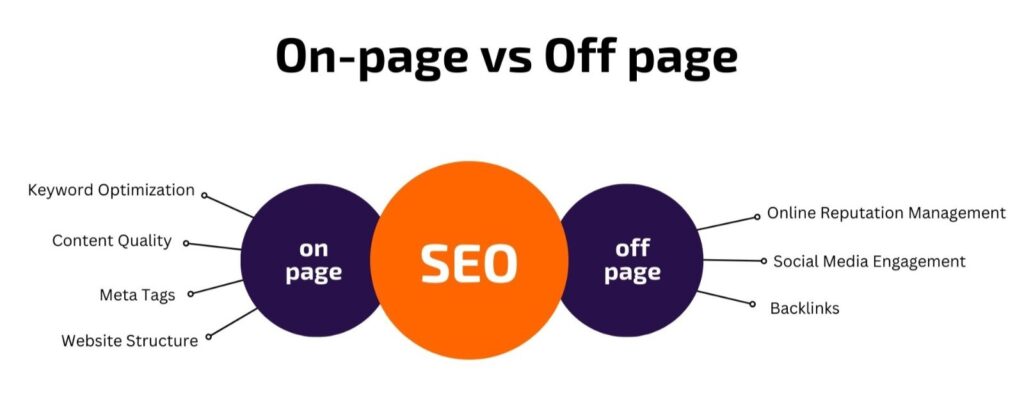
On-Page SEO
On-page SEO focuses on the elements you can control directly on your website. This includes:
- Content Quality: Creating valuable content, relevant content that meets user intent.
- Keyword Optimization: Researching and strategically incorporating keywords that potential customers are searching for.
- Meta Tags: Properly using title tags, meta descriptions, and header tags to inform search engines about your content.
- Website Structure: Ensuring your website is user-friendly, with a clean layout and intuitive navigation.
Off-Page SEO
Off-page SEO includes everything that occurs outside of your website but influences your ranking. Important practices encompass:
- Backlinks: Acquiring links from other reputable sites enhances your site’s authority.
- Social Media Engagement: Sharing your content can increase visibility and potentially lead to backlinks.
- Local SEO: Optimizing your Google My Business profile, acquiring local citations, and encouraging local reviews to boost rankings in local searches.
Benefits of SEO
- Cost-Effective: While it may take time, organic traffic through SEO is usually free once established.
- Long-Term Results: A well-optimized site can often maintain high rankings without ongoing costs.
- Credibility: Users tend to trust organic results over paid ads.
What is SEM?
SEM, or Search Engine Marketing, is a broader term that includes SEO but primarily focuses on paid search strategies. SEM is about using paid advertisements that appear on SERPs. These are the ads you see at the top or bottom of a Google search, marked with a small “Ad” label.
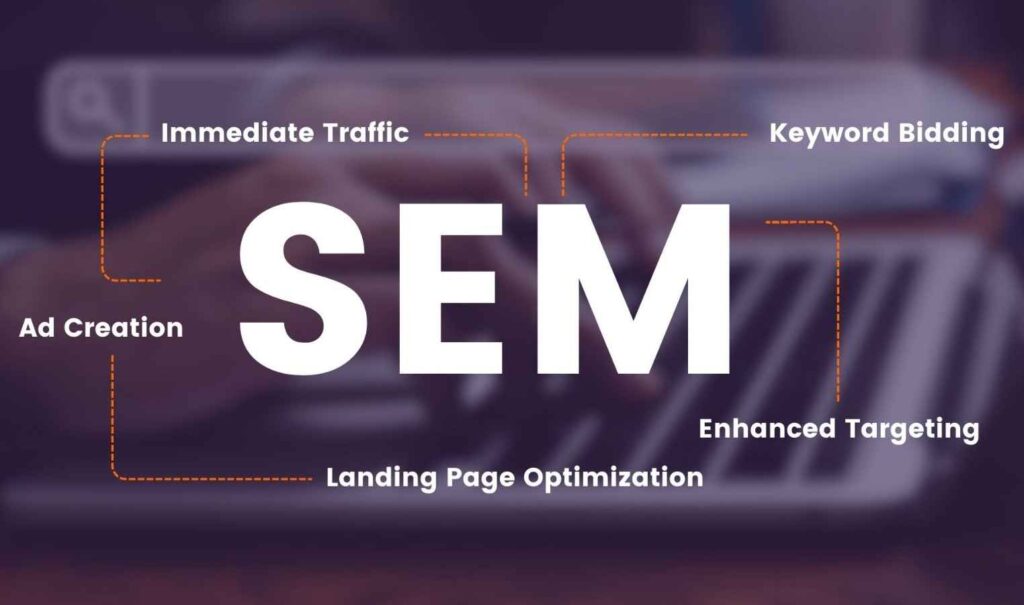
How Does SEM Work?
SEM typically involves PPC (pay-per-click) advertising, where you pay for clicks to your website. This process includes:
- Keyword Bidding: Choosing keywords relevant to your business and bidding on them to appear at the top of search results.
- Ad Creation: Designing compelling advertisements that will entice users to click.
- Landing Page Optimization: Ensuring the page users land on after clicking the ad is relevant and optimized for conversion.
Key Components of SEM
- Google Ads: The primary platform for SEM, allowing businesses to create targeted ads that appear across Google’s SERPs and partner sites.
- Analytics and Tracking: SEM allows for detailed tracking of performance, enabling adjustments based on real-time data
Benefits of SEM
- Immediate Traffic: With a well-crafted ad campaign, you can start attracting visitors immediately.
- Enhanced Targeting: SEM allows you to target specific demographics, locations, and even times of the day.
- Measurable Results: You can easily track conversions and ROI, making it straightforward to assess effectiveness.
SEO vs SEM: When to Use Each?
Understanding when to leverage SEO vs SEM can be crucial for your marketing strategy. Here are some best practices to get the most out of both:
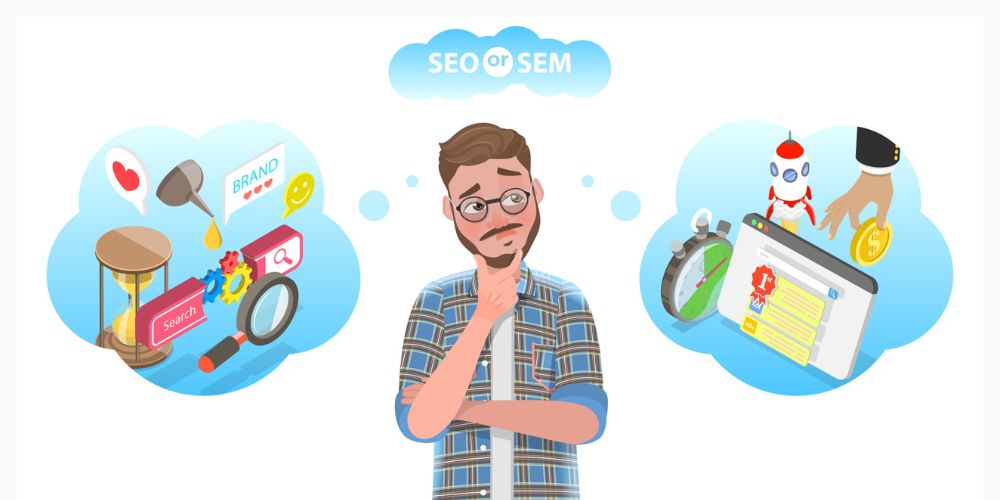
When to use SEO:
- You Have a Limited Budget: If funding is tight, investing in SEO might yield better long-term returns as it doesn’t require constant funding.
- You Seek Long-Term Growth: SEO is better suited for generating sustainable traffic over time through quality content and brand trust.
- You Want to Build Credibility: If establishing authority in your niche is crucial, organic search results can enhance your business’s reputation.
When to use SEM:
- You Need Immediate Results: If you’re launching a new product and need instant visibility, SEM can quickly bring traffic.
- You’re in a Competitive Market: In industries where competition is fierce, paid ads can help you capture audience attention.
- Event Promotion: For time-sensitive campaigns or events, SEM can effectively drive quick engagement.
Conclusion:
SEO and SEM are essential components of a successful digital marketing strategy, each with unique advantages for different business needs and goals. While SEO focuses on driving organic traffic and building long-term growth, SEM provides the tools to generate immediate traffic through paid advertising. By understanding the key differences and how to leverage both effectively, you can create a balanced strategy that drives long-term success for your business. For those looking to enhanced their knowledge, digital marketing courses can provide valuable insights into both SEO and SEM techniques, helping you master both strategies effectively.
In the digital world, the key isn’t just choosing one; but knowing how to integrate both for optimal results.
Whether you decide to invest your time in the gradual gains of SEO or the speed of SEM, your approach should be driven by careful analysis of your business objectives. As you plan your digital marketing strategy, remain agile and ready to adjust strategies as necessary. Now consider these strategies and reflect on how they can fit within your marketing plan. What stage is your business currently in, and how can either method lead you to success? Let’s discuss your thoughts in the comments below!
Article Credit- Balvant Mishra, Student of Advanced Digital Marketing Course.

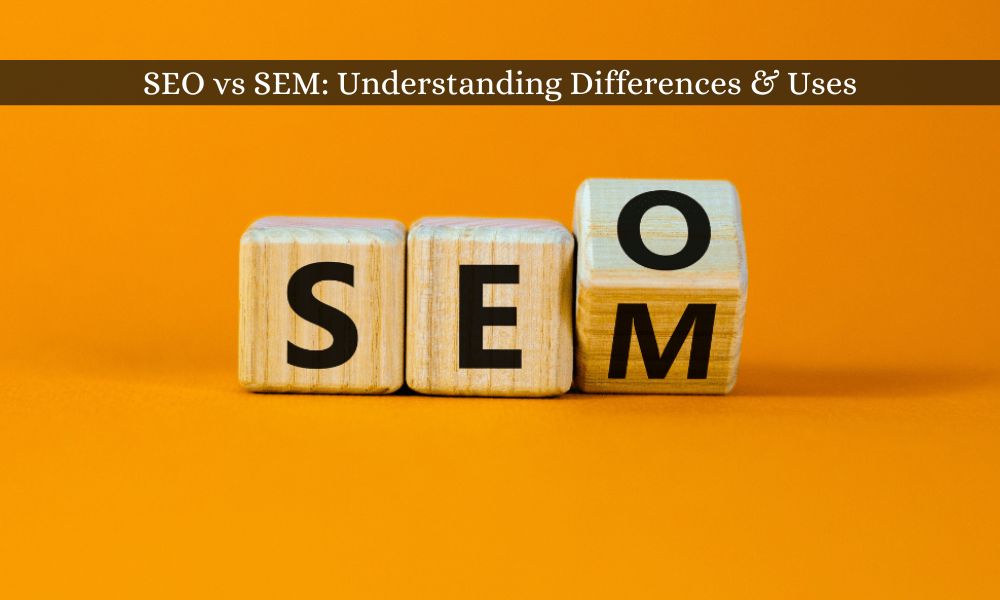
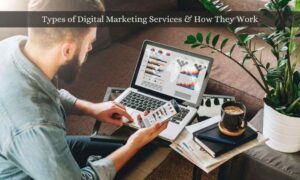



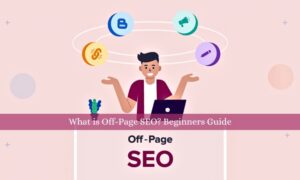



One Response
Good blog